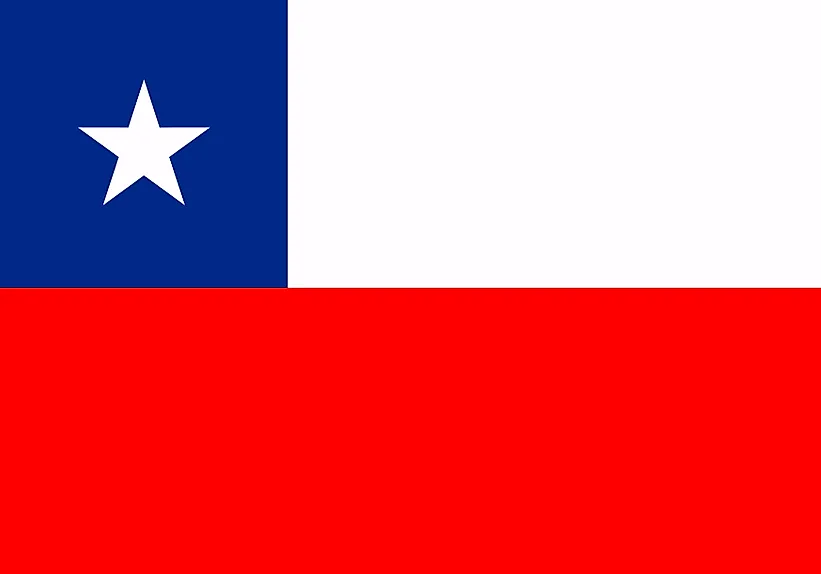
Chile
| Continent | Americas |
| Capital | Santiago |
| Population | 17,650,114 |
| GDP | $436.00 Billion |
| GDP per Capita | $24,000 |
| Dialing Code | +56 |
| ISO Code (2-letter) | CL |
| ISO Code (3-letter) | CHL |
Chile Landscapes






About Chile
Welcome to Chile, a country of extraordinary geographical extremes stretching along South America’s western edge. With approximately 19 million people occupying a narrow strip of land 4,300 kilometers long, Chile encompasses some of the world’s most diverse landscapes, from the driest desert to massive glacial fields. This nation of contrasts combines rich cultural heritage with modern development, creating one of South America’s most stable and prosperous countries.
Geographic Features and Natural Beauty
Chile’s geography is defined by its remarkable length and diversity, featuring the Andes Mountains along its eastern border, the Pacific Ocean to the west, and countless natural wonders in between. The Atacama Desert in the north is the world’s driest non-polar desert, while Patagonia in the south offers pristine wilderness, glaciers, and fjords.
The country includes Easter Island (Rapa Nui) in the Pacific Ocean, famous for its mysterious moai statues, and claims a portion of Antarctica. The central valley, where most of the population lives, enjoys a Mediterranean climate perfect for agriculture, particularly wine production.
Torres del Paine National Park in Patagonia showcases dramatic mountain peaks, glaciers, and lakes, while the Lake District features volcanoes reflected in crystal-clear lakes. The Juan Fernández Islands, which inspired Robinson Crusoe, host unique endemic species.
Cultural Heritage and Traditions
Chilean culture reflects various influences, including indigenous peoples like the Mapuche, Spanish colonizers, and European immigrants. This diversity is expressed through music, dance, literature, and art. The cueca, Chile’s national dance, and the poetry of Nobel laureates Pablo Neruda and Gabriela Mistral exemplify the country’s rich cultural traditions.
Chilean cuisine is known for its fresh seafood, hearty stews, and unique preparations like curanto (food cooked in earth ovens). The country’s wine industry, dating back to Spanish colonial times, produces internationally acclaimed wines from various regions.
Traditional crafts include textiles from the Andes, pottery, and lapis lazuli jewelry, while contemporary Chilean culture embraces both tradition and innovation in arts and music.
Historical Journey
Chile’s history spans from ancient indigenous civilizations through Spanish colonization to independence in 1818. The country experienced significant development in the 19th century, driven by mining wealth and European immigration. The 20th century saw various political changes, including the world’s first democratically elected Marxist president and subsequent military rule.
Since returning to democracy in 1990, Chile has emerged as one of Latin America’s most stable and prosperous nations, though it continues to address social and economic inequalities through ongoing reforms.
Modern Economic Landscape
Today’s Chile has one of Latin America’s strongest economies, based on copper mining, agriculture, fisheries, and services. The country is the world’s largest copper producer and has developed significant expertise in mining technology and services.
Chile’s agricultural sector is known for its fruit exports and wine production, while its extensive coastline supports a major fishing industry. The country has embraced free-market policies while maintaining social programs, creating a model often studied by other developing nations.
International Relations and Global Position
Chile maintains active participation in various international organizations and has numerous free trade agreements worldwide. The country is a member of the Pacific Alliance and the OECD, reflecting its commitment to international cooperation and economic integration.
Did You Know?
• Chile’s Atacama Desert has places where rain has never been recorded?
• The country is home to the world’s largest swimming pool, located at the San Alfonso del Mar resort?
• Chile’s Valle de la Luna (Moon Valley) was used to test Mars rovers due to its similar terrain?
• The country produces nearly a third of the world’s copper?
Conclusion
Chile stands as a unique example of how geographical diversity can mirror a nation’s varied achievements and aspirations. From its world-class observatories in the clear desert skies to its pristine Patagonian wilderness, from its vibrant cultural scene to its strong economy, Chile continues to evolve while maintaining its distinctive character. As it addresses challenges including environmental protection and social equality, Chile remains committed to sustainable development and maintaining its position as a leader in Latin America.